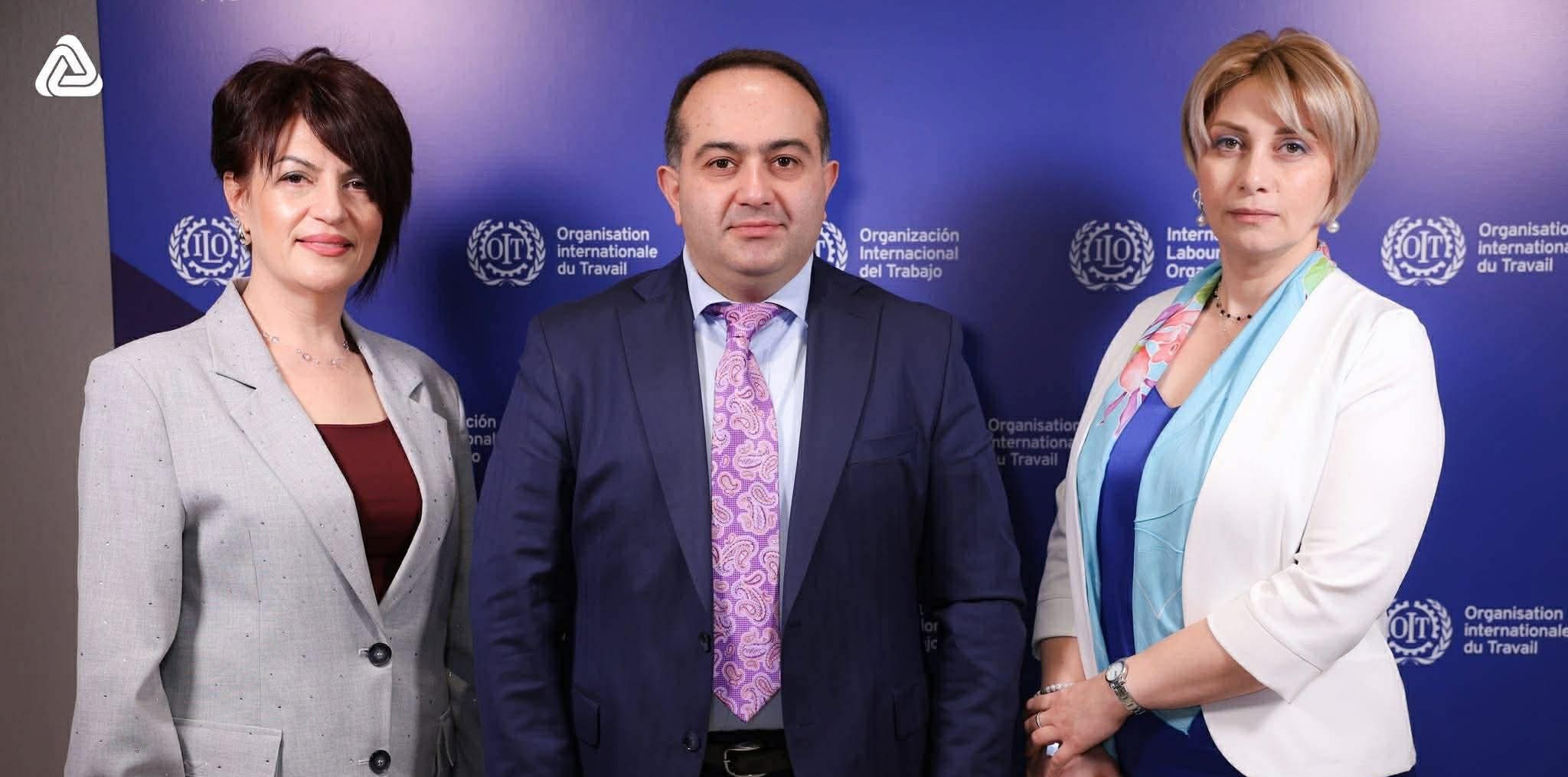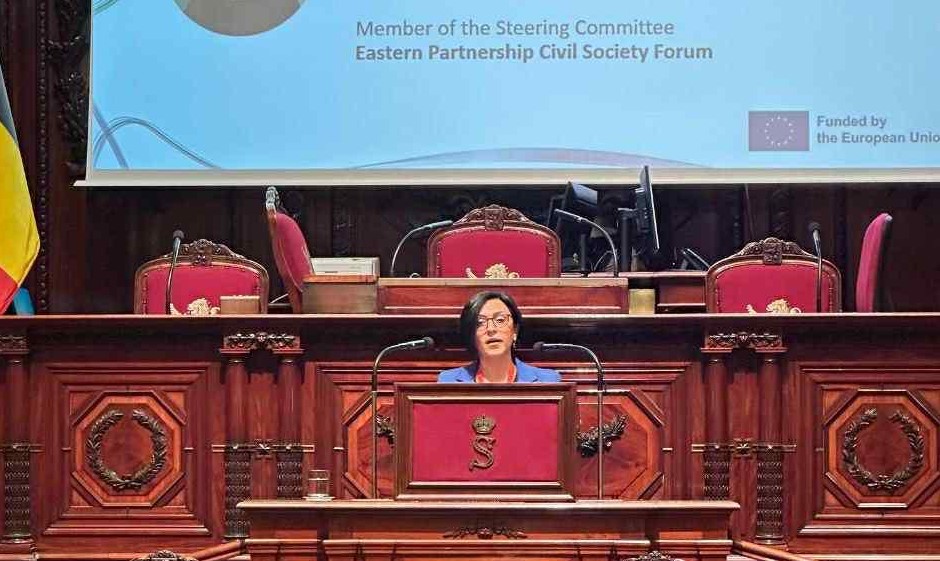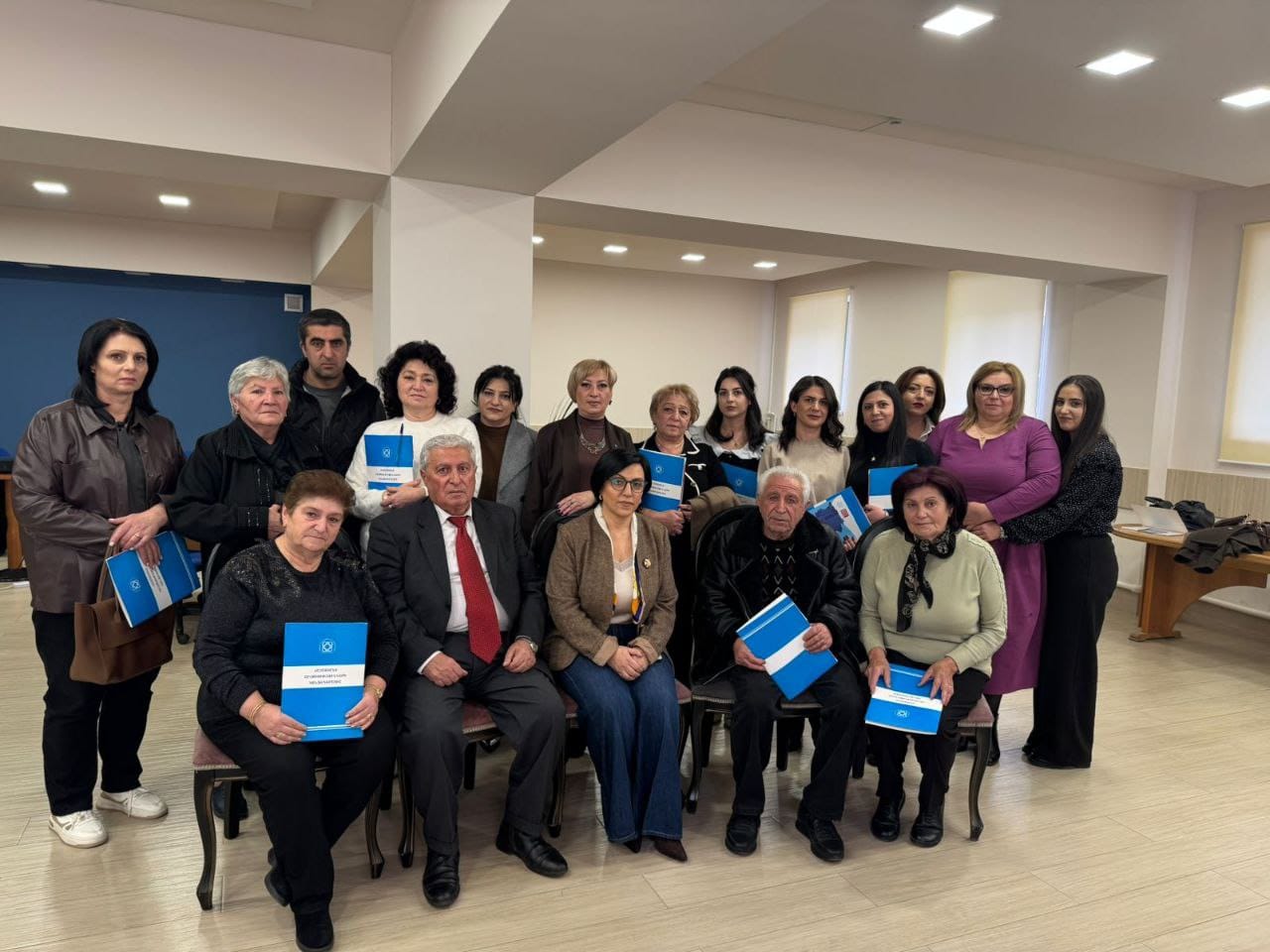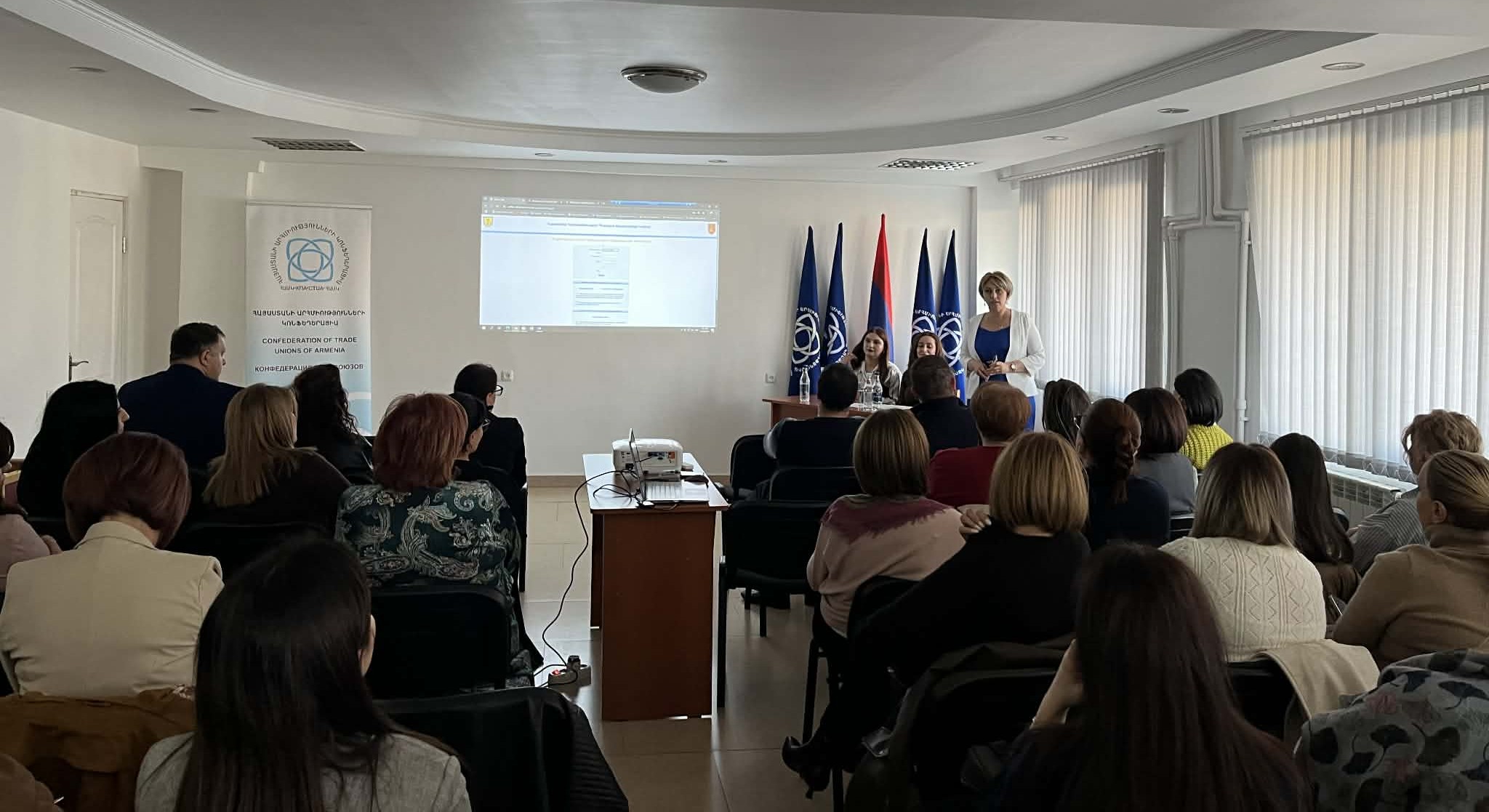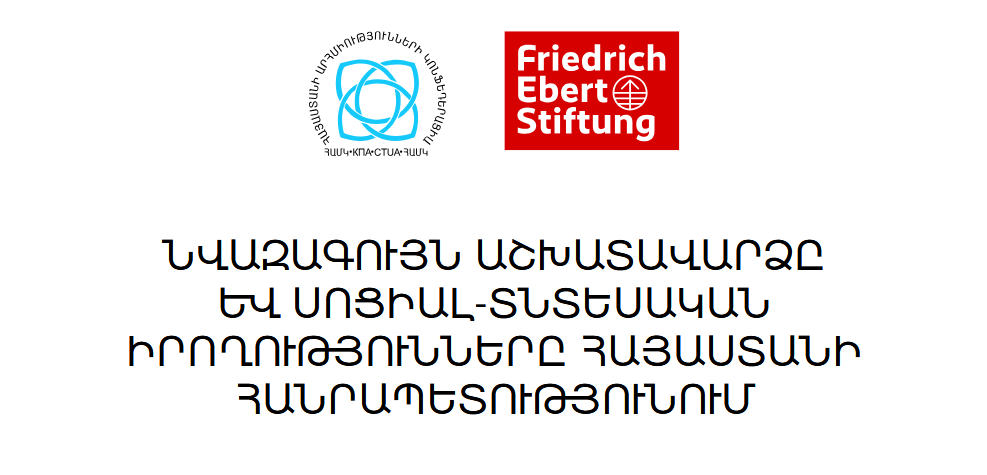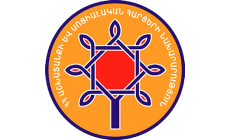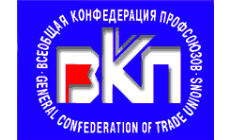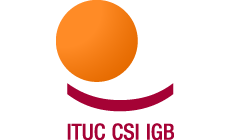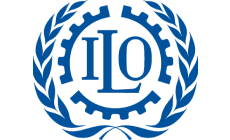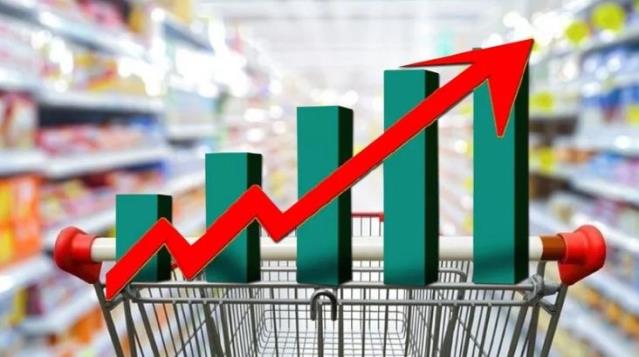
The high level of inflation that has persisted for a long time in the Republic of Armenia has a negative impact on the standard of living of workers, as their incomes are significantly reduced, while expenses are increasing.
Inflation primarily hits the socially unprotected segments of the population, in the group of which a large share of the consumer basket is food.
According to the Statistical Committee of the Republic of Armenia for 2021 (Social View and Poverty of Armenia, 2022) among the consumer expenditures of the population, food expenditures account for 47.1%, for services - 27.9%. Therefore, the bulk of the population's income is spent on food and services, for which a high level of inflation has been recorded.
In January-December 2022 compared to January-December 2021 in the Republic of Armenia inflation was recorded at the level of 8.6%. Prices for food and non-alcoholic beverages increased by 13%, and in December 2022 compared to December 2021. - by 10%, in particular, the price of bread went up by 14.3%, flour by 7.6%, cheese and cottage cheese by 19.4%, butter by 4%, pasta by 24.5%, beef by 25, 3%, fruits by 10.9%, vegetables by 2.1%. Egg prices in December 2022 compared to December 2021 decreased by 6.2%, sunflower oil - by 4.2%.
Prices for services in December 2022 increased by 7.2% compared to the same month last year.
Consumer price index in 2022 percentage change each month compared to the corresponding month of the previous year
|
I |
II |
III |
IV |
V |
VI |
VII |
VIII |
IX |
X |
XI |
|
7.1% |
6.5% |
7.4% |
8.4% |
9.0% |
10.3% |
9.3% |
9.1% |
9.9% |
9.5% |
8.8% |
The highest consumer price index in January-December 2022 was recorded in June - 10.3%.
Rising prices for consumer goods and services lead to a decrease in real wages.
In 13 out of 19 sectors of the republic's economy, the average monthly nominal wage is lower than the average monthly nominal wage in the republic, which is 247,989 drams.
Average monthly nominal wages by institutional industries economy and types of economic activity,
2022 November
(Statistical Committee of the Republic of Armenia "Socio-economic
situation of the Republic of Armenia in January-November 2022”)
|
Total dram
|
%, 2022г. / 2021г.
|
|
|
Total |
247 989 |
122.6 |
|
Agriculture, forestry and fisheries |
146 019 |
109.6 |
|
Mining and quarrying |
447 927 |
103.4 |
|
Manufacturing industry |
196 935 |
112.5 |
|
Supply of electricity, gas, steam and conditioned air |
241 356 |
105.7 |
|
Water supply, sewerage, waste treatment and recovery of secondary raw materials |
182 311 |
104.7 |
|
Construction |
248 195 |
118.0 |
|
Wholesale and retail trade, car and motorcycle repair |
171 137 |
114.7 |
|
Transportation and warehousing |
248 329 |
115.5 |
|
Organization of accommodation and catering |
126 876 |
118.9 |
|
Information and communication |
816 535 |
144.2 |
|
of which - information technology |
988 630 |
138.5 |
|
Financial and insurance activities |
704 094 |
169.9 |
|
Operations with real estate |
165 983 |
114.1 |
|
Professional, scientific and technical activities |
255 151 |
133.3 |
|
of which – research and development |
206 473 |
130.8 |
|
Administrative and support activities |
169 305 |
123.0 |
|
Public administration and defense, compulsory social security |
324 699 |
113.1 |
|
Education |
136 205 |
106.6 |
|
Public health and social services |
216 460 |
94.6 |
|
Culture, entertainment and recreation |
199 160 |
109.1 |
|
of which – culture and art |
139 624 |
105.7 |
|
Provision of other types of services |
141 740 |
117.6 |
In November 2022, an increase in the average monthly nominal wage by 22.6% was recorded compared to November 2021, while a decrease in the average monthly nominal wage was recorded in the Health and Social Services industry. In some sectors, the growth of average wages was below the inflation rate registered in the republic - 8.8%, therefore, real wages decreased in the following sectors: mining and development of deposits, supply of electricity, gas, steam and good quality air, water supply, water supply , sewerage, waste management and recycling, education, culture and art.
The lowest average monthly nominal wage was recorded in Gegharkunik region, which, as of the third quarter of 2022 amounted to 128,663 drams.
The highest average monthly nominal wage was registered in Syunik region - 276,580 drams.
The average monthly nominal wage in Yerevan was 271,443 drams.
Raising wages in the republic does not contribute to raising the standard of living of the population and reducing poverty, since in the case of basic necessities, especially food, inflation significantly exceeds the growth of average wages.
According to the RA Statistical Committee, in 2020 the poverty rate in Armenia was estimated at 27%, which increased by 0.6% compared to 2019, and in 2021 it amounted to 26.5%, having decreased by 0.5 percentage points compared to the previous year, and the extreme poverty rate was 1.5 percent, registering an increase of 0.7 percent compared to 2020.
The poverty rate in Yerevan was estimated at 15.9% and in rural areas at 33.0%.
The highest poverty rate was recorded in the Gegharkunik region - 49.1%, and the lowest poverty rate in the Syunik region - 2.8%.
Among the poor there are also working people who, even if they have a job, are not able to provide for the minimum needs of themselves and their family members.
Poverty Level
|
|
Poor % |
Extremly poor |
|
2017г. |
25.7 |
1.4 |
|
2018г. |
23.5 |
1.0 |
|
2019г. |
26.4 |
1.4 |
|
2020г. |
27.0 |
0.7 |
|
2021г. |
26.5 |
1.5 |
In order to reduce the level of poverty, reduce the ratio between the minimum and average wages, as well as improve the living standards of the population, in accordance with the RA Law on Amendments to the Law "On the Minimum Monthly Wage" in the Republic of Armenia from January 1, 2023. the minimum monthly wage is set at 75,000 drams instead of 68,000 drams.
An increase in the minimum wage is welcome, but in reality, with a high level of inflation, its purchasing power is reduced.
In 58 out of 99 countries surveyed by the International Labor Organization (Belgium, France, Portugal, Bulgaria, Czech Republic, Hungary, Poland, Ireland, Finland, Japan, etc.), inflation and cost of living are taken into account when calculating the minimum wage.
There is no concept of “cost of living” in the Republic of Armenia.
According to the information report of the RA Statistical Committee "Socio-economic situation of the Republic of Armenia in January-December 2022." the cost of the minimum consumer basket, calculated according to the methodology of the Ministry of Health of the Republic of Armenia in 2022 at the average current prices of the third quarter, amounted to 76,459.2 drams, which is higher than the minimum wage.
The cost of the minimum consumer basket, calculated according to the methodology of the World Bank in 2022. in average current prices of the III quarter amounted to 58,586.7 drams.
The minimum consumer baskets calculated by both methods are not approved by any legislative act.
In order to reduce poverty, improve the living standards of workers and their families, as well as ensure decent work in the country, it is necessary to adopt the wage indexation procedure, which is defined by Article 182 of the Labor Code of the Republic of Armenia (adopted in 2004).






